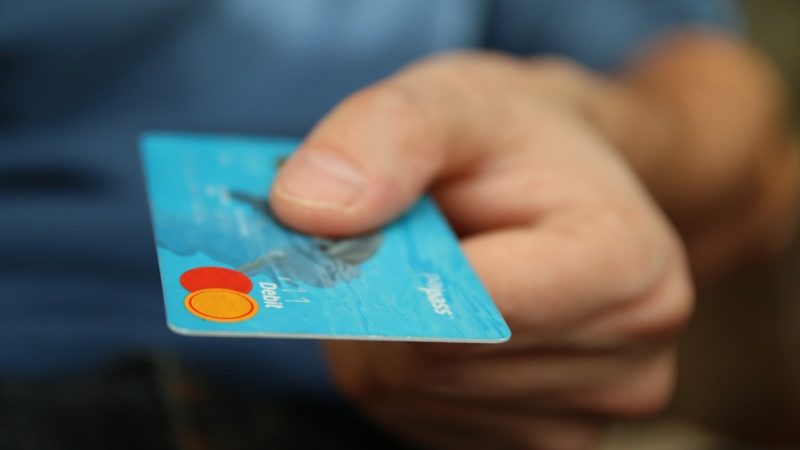Consumer borrowing has slowed somewhat from the record level we saw in June, but Americans continue to pile on the debt.
Consumer debt grew by $14.4 billion in August to $4.35 trillion, according to the latest data from the Federal Reserve. That represents a 4% increase.
This article was originally published by Schiff Gold.
This follows on the heels of a 4.8% increase in July after a record 10.6% increase in June.
The Federal Reserve consumer debt figures include credit card debt, student loans and auto loans, but do not factor in mortgage debt. When you include mortgages, Americans are buried under nearly $15 trillion in debt.
Revolving credit, primarily made up of credit card debt rose by $1.4 billion, a 3.8% increase. Americans now owe more than $1 trillion in credit card debt for the first time since the beginning of the coronavirus pandemic.
Non-revolving credit, including auto loans and student loans, rose by $11.4 billion, a 4.1% increase. A drop in auto sales held the growth of non-revolving credit down slightly in August.
Even as credit card debt dropped during the pandemic, nonrevolving credit continued to expand through last year and into 2021. Americans now own more than $3.35 trillion in non-revolving debt.
Consumer spending made up over 70% of GDP in the second quarter. It appears as stimulus checks ran out in May, Americans turned to plastic to continue their spending spree. As Reuters reported it, “The surge in June could explain the sustained robustness in consumer spending during last quarter, even as the flow of stimulus money from the government ebbed.” Consumers have continued spending on plastic over the last couple of months.
Through the pandemic, Americans, by and large, kept their credit cards in their wallets and paid down balances. This is typical consumer behavior during an economic downturn. Credit card balances were over $1 trillion when the pandemic began. We saw small upticks in credit card balances in February and March of this year as the recovery began, but a sharp drop in April as stimulus checks rolled out. But Americans started borrowing in earnest again in May and June, with a $28-billion-plus increase that eclipsed anything we’d seen since the pandemic began.
The Federal Reserve and the US government have built a post-pandemic “economic recovery” on stimulus and debt. It is predicated on consumers spending stimulus money borrowed and handed out by the federal government or running up their own credit cards. As Peter Schiff noted in his podcast, were it not for the Fed’s easy-money policy, consumers couldn’t drive this borrow and spend economy.
Obviously, if consumers were not able to borrow all this money, then they couldn’t have spent. They couldn’t have bought all this stuff but for their ability to borrow money. And the only reason they can borrow money is because the Fed is supplying it. The Fed is making all this money available. It’s holding interest rates artificially low so that people can pay the interest on all this money that they’re borrowing. And that is what is helping to create a lot of these service sector jobs that would not exist but for the ability of Americans to go deeper into debt.”
But an economy built on debt and stimulus simply isn’t sustainable in the long term. In an interview on NTD news, Schiff said the US economy is addicted to stimulus, both direct government handouts and the borrowing Federal Reserve policy incentivizes. Eventually, the addict is going to overdose.
The overdose would take the form of a dollar crisis, sovereign debt crisis, runaway inflation. And we’re already starting to see the beginnings of that in consumer prices. Look at oil prices … look at other commodity prices across the board that have been strong. Look at cotton prices that have more than doubled recently. But, you know, these prices still have a long way to go up. And they’re going to go up a lot I think in the year ahead.”





